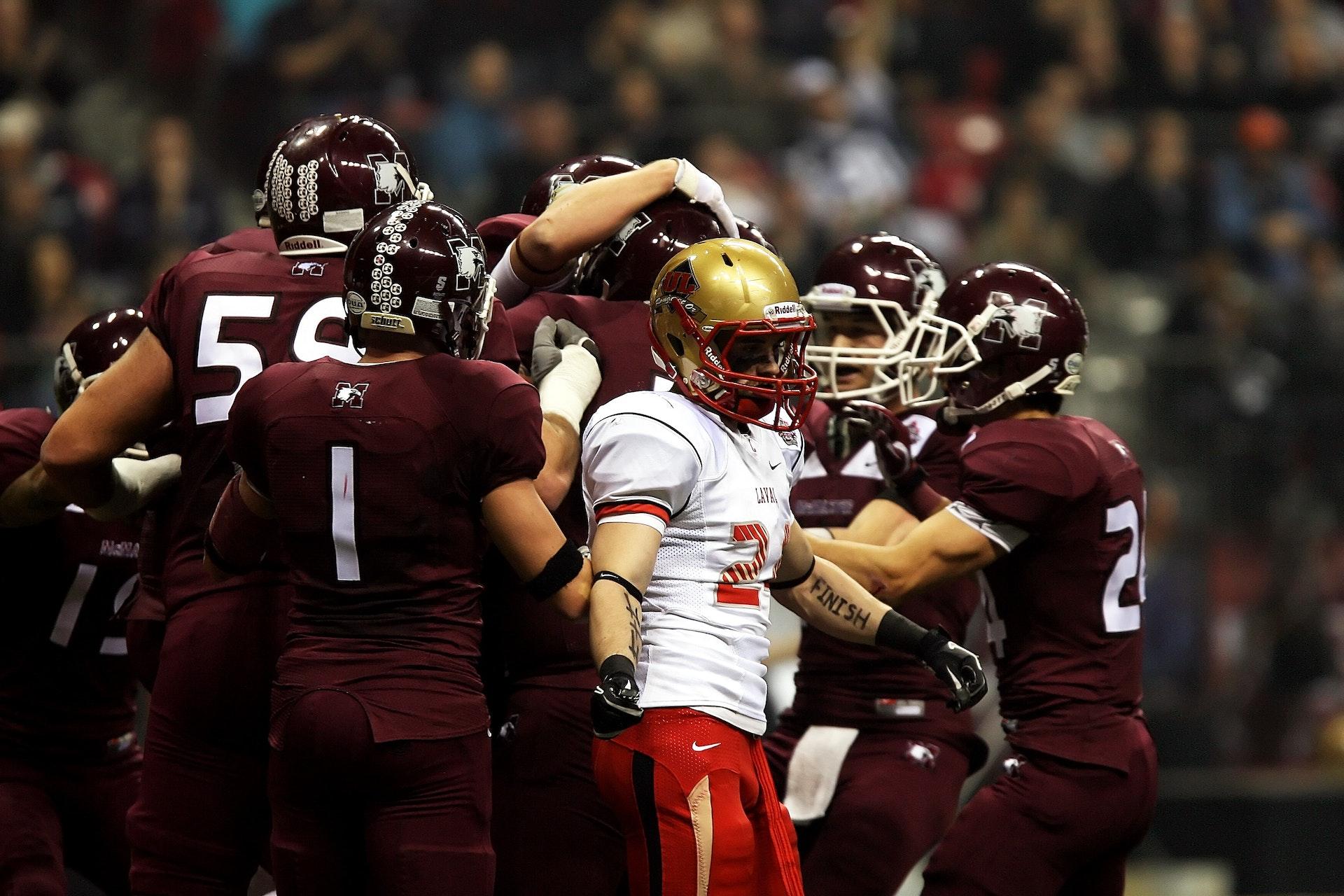American football has become deeply ingrained in U.S. culture, with millions eagerly awaiting kickoff each fall Saturday. However, the sport we know today emerged from humble beginnings in the late 1800s. Tracing the history of college football origins and evolution of college football reveals how it grew from an informal pastime to a multi-billion dollar industry.
Chaotic Early Days
The earliest intercollegiate football games in America took place in the 1860s and 1870s between northeastern universities Princeton, Rutgers, Yale, and Harvard. These contests followed varied rules and bore only a passing resemblance to modern football. The games were incredibly violent, with broken bones and gruesome injuries common.
In 1876, representatives from Yale, Harvard, Princeton, and Columbia met to standardize the rules and establish regulations. However, each school still primarily played by its own interpretations. Games between rivals often descended into brutality; as a result, reformers decried football’s violence and demanded changes or abolition.
The Birth of Modern Football
Despite its chaotic early days, support for college football grew. The first professional coaches emerged in the 1880s to drill teams into shape with regimented practices and formations. Legendary Yale coach Walter Camp pioneered new rules like the line of scrimmage and the system of downs, helping transform football into the game we know today.
The founding of the Intercollegiate Football Association in 1873 marked a significant step toward standardizing rules and regulations. Rivalries between schools like Army-Navy, Harvard-Yale, and Michigan-Chicago drew larger crowds. Football fever spread as fans flocked to games.
The Rise of Bowl Games and National Champions
Postseason bowl games like the Rose Bowl (started in 1916) and Sugar Bowl began annually, pitting top teams against each other starting in the early 1930s. Wire services started crowning “national champions” based on season records and bowl outcomes. However, no centralized system existed to determine rankings.
The NCAA began organizing college football in the 1930s by implementing player eligibility rules. They started officially sanctioning postseason bowl games and publishing national rankings. However, the lack of a playoff system often spurred controversy over splitting or sharing the national title between top teams.
This carried into the 1970s and 1980s, where many times, the No. 1 and No. 2 teams never squared off in bowl games because of conferences tied into specific games. For example, the Big 10 and Pac 10 champions always met in the Rose Bowl, the SEC champion had to go to the Sugar Bowl, and the Southwestern Conference champion was tied to the Cotton Bowl. This led to situations like 1990, 1991, and 1997, where the Associated Press and Coaches Poll had their national champions.
The Modern College Football Era
Television broadcasting revolutionized college football viewership beginning in the 1950s. Lucrative TV deals made the sport more commercialized. With larger crowds and more money involved, the pressure to win intensified. The racial integration of teams also occurred during this period.
The Bowl Championship Series (BCS) debuted in 1998, implementing a complex computer ranking system aimed at matching up the top two teams in a national championship game. Even though conferences were still tied to bowl games, if a team finished in the top 2, they automatically went to the National Championship Game.
The College Football Playoff (CFP) replaced the BCS in 2014, adding a four-team seeded playoff to decide the FBS national champion on the field.
The Bottom Line: Looking Ahead
The game is on the cusp of undergoing a massive change. Superconferences are being constructed, not taking into account regions. For example, in 2024, USC, UCLA, Oregon, and Washington will be heading to the Big 10 to join the likes of Michigan and Ohio State. Meanwhile, Texas and Oklahoma will head to the SEC, joining teams like Alabama, Georgia, and LSU. The legendary Pac-12 Conference is losing all its schools as they disperse to different conferences, with several heading to the Big 12.
The College Football Playoff is also expanding to 12 teams in 2024. This will give more teams an opportunity to play for a national title. More money will be generated for schools and television because of this.
Today, college football generates billions of dollars annually. Massive TV contracts have accelerated conference realignment and reshaped traditions. Despite all the changes over 150 years, college football remains a uniquely American passion. Even with its growth into a commercialized, high-stakes sport, the excitement and school spirit on autumn Saturdays continue captivating millions of fans.
For the latest FanDuel NCAAF Odds and expert picks, visit FanDuel Sportsbook. Whether cheering for your alma mater or just enjoying the action, college football history shows why this sport occupies a special place in American culture.

